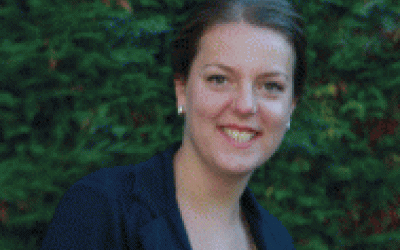What to do in the Philippines, and what to see on which island?
What to do in the Philippines, and what to see
The Philippines is made up of 7107 (!) islands of which only around 2000 are inhabited. In the Philippines you will find endless white, sandy beaches, great diving and snorkelling waters, stunning rice terraces and plenty great walking tracks and volcanoes to climb. The island nation has a rich cultural heritage, however, it suffers from great economic inequality which is something to be aware of as a visitor. If you plan to visit the Philippines, have a look at the tips and activities below.
Highlights in the Philippines
- Visit the Ifugao rice terraces (or Banaue Rice Terraces) in the north of the country. These terraces were hand cut in the hills and mountains by the Ifugao people and it's estimated that their origins trace back 2000 years ago.
- Check out the Chocolate Hills on Bohol Island. The approximately thousand, 50 metre high domes form a remarkable sight and are the source of many legends. One myth speaks of a fight between two giants who threw rocks and sand at each other, thus forming the spectacular hills.
- Go diving or snorkelling. Apart from exploring the many impressive bays and reefs, for example those in Mindoro Island, you can go snorkelling with whale sharks in south east Luzon or discover the Japanese shipwrecks sunk during World War II around Coron Island.
- Take a boat tour on the underground river at Puerto Princesa Subterranean River National Park on Palawan Island.
- Visit Pagsanjan, a little village in the province of Laguna known for its many waterfalls.
- Manilla, capital of the Philippines, is one of the most densely populated cities in the world and seeped in history, culture and a lively party scene. Visit Chinatown in old Manila for some of the greatest Chinese food outside of China or go to the Greenbelt area in Makati's Central Business District for shopping.
- Borocay, a small tropical island an hours’ flight from Manilla with plenty of entertainment, from diving and snorkelling to dancing ‘till the early hours.
- Apo Island in Negros Oriental. This island is a protected marine reserve with beautiful coral reefs and marine fauna. Snorkelling and diving is allowed.
- As the Philippines are edged by the Pacific Ring of Fire, it has an impressive collection of volcanoes within its boundaries. They offer good walks for hikers of every level, with Mount Taal being known as one of the easiest and the persistently smoking Mount Mayon as one of the hardest to climb.
Public holidays, traditional celebrations & festivals in the Philippines
- Almost all Filipinos are religious. Most of the people are catholic with a strong Muslim population in the south.
- The Black Nazarene Procession is dedicated to the 16th century ebony shrine depicting Jesus Christ and takes place three times a year: 9 January, Good Friday and 31 December with the procession in January being the largest. Barefoot followers try to touch the shrine for good fortune.
- Ati Atihan is a week-long Festival celebrating Santo Niño (baby Jesus) culminating on the third Sunday of January. It’s a festival with a long history and rooted in age old traditions. Celebrations include a parade, tribal dance, traditional music and indigenous costumes.
- Not for the faint-hearted, Good Friday is celebrated in San Fernando on Luzon with a procession of around twenty people carrying a cross on their back whilst being lashed with bamboo sticks. The bloody affair climaxes with a mass crucifixion. The twenty participant are hung on their cross for around ten minutes to test their faith.
- The Masskara Festival in the third weekend of October has its origins in 1980 during a time of economic hardship and after a large ship sank leading to many casualties. The festival was introduced as ‘the festival of smiles’ with participants wearing colourful masks adorned with smiles to pull the people out of the doom and gloom of the crisis.
Activities in the Philippines
- As it’s an island nations, it shouldn’t come as a surprise that a lot of the most popular activities in the Philippines are water based. Scuba diving, snorkelling, surfing, kayaking and deep-sea fishing are just some of the many nautical pastimes.
- There are also plenty of great mountain biking tracks, challenging mountains to climb and interesting volcanoes to explore.
- Poverty and slum life are unfortunately a large part of the ‘real’ Manila. You can visit the slums to take in ‘the other side’ of the bustling party capital. Discover the old parts of town and take a moment to take in the reality of the slums, for example the 25000 people living and working on Smokey Mountain, the city’s largest dump where its inhabitants pick up garbage for a living.
- Learn Filipino, the national language of the Philippines. Courses often include Filipino culture and history
The places and activities mentioned above are just a glimpse of what the Philippines has to offer. Have you been there, or do you have other tips? Feel free to reply in a comment!
- 4130 keer gelezen









































